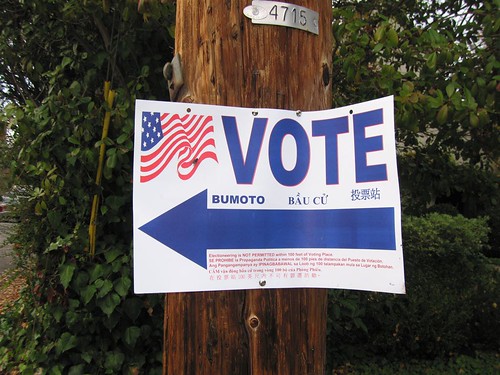
Image by @ndlon
Colorlines began November with a mixed review of October’s movement on Immigration Reform, reporting that despite the bipartisan Senate’s “Border Security, Economic Opportunity, and Immigration Modernization Act” being stuck in the House, “Immigration Activists Continue to Fight on All Fronts.” Much was being said about paralysis, but in the streets, the prisons and the corridors of power, people were acting. Coming out of the government shutdown and coinciding with the calamitous unveiling of the Affordable Care Act web site, at times immigration seemed to float off the margins, but its advocates kept pushing it to the center stage again and again. President Obama focused his October 24 press conference on immigration reform, but for many his engagement seems “too little, too late” in the legislative front, and “too much, too often” when it comes to the deportation and incarceration of the undocumented. Continue reading





